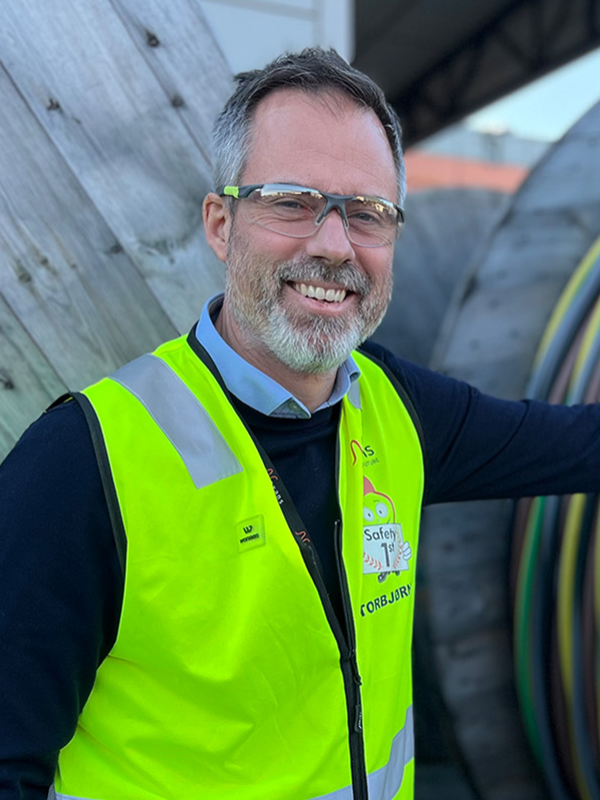- Products
- Segments
- Newsroom
- Tools and Resources
- Sustainability
- We are Nexans
- Search
- Contact us
- Compare
- Sign in
Building
Safer cable selection in public buildings with high fire risk
Mar 28, 2025
Hospitals, healthcare centres and other welfare buildings house vulnerable people. These buildings belong to the highest risk class for fire safety and should be built with Low Fire Hazar cables.
Figures from DSB show that approximately 75 per cent of those killed in fires are elderly people, people in need of care, people with disabilities and drug addicts. These groups are highly represented in healthcare and welfare buildings.
Fires do not necessarily occur more often in public buildings in higher risk classes than in other buildings, but the consequences can be far more serious due to the vulnerability of users and residents.
More serious consequences
Public buildings must fulfil strict requirements for reliability and safety for different user groups. TEK17 classifies buildings within six risk classes for fire safety, based on:
- Whether the building is used for accommodation
- The users' familiarity with the building and ability to self-rescue/evacuate
- Whether the intended use poses little fire risk
- Whether the building is only intended for occasional use
The risk classes are ranked from 1 (lowest calculated risk) to 6 (highest calculated risk).

Enables rapid evacuation
Many residents in healthcare buildings have physical and/or mental limitations that make it difficult to evacuate on their own. Some are also connected to vital machinery and equipment, which can be difficult to move.
Smoke injuries are the most common cause of death in fires. Minimising smoke development is crucial to protect these groups in the event of a fire.
“ Unlike PVC, Low Fire Hazard cables burn slowly and emit little smoke and corrosive gases. This reduces the risk of smoke damage. When visibility is not blocked by dense smoke and hazardous gases, it becomes easier to find escape routes and less demanding for the fire brigade during evacuation. ”
Torbjørn Blomsnes
Unit Manager, Nexans NorwayProtecting valuable property
Hospitals and other healthcare facilities often consist of complex buildings with expensive medical equipment and advanced technical devices. Minimising the extent of damage in the event of a fire is a good economic decision.
Low Fire Hazard cables emit very little corrosive fumes in a fire situation. Hydrochloric acid gas emissions from PVC cables are one of the biggest causes of damage to buildings, equipment (and especially electronics) in the event of a fire.
Equipment in hospitals represents great value, and if such equipment is damaged or destroyed, the replacement costs can be enormous.
Much greater risk of dying in a fire
The ageing population is an important factor to consider when building for the future. A large proportion of residents and users in healthcare buildings are elderly, and this group will grow significantly in the coming years.
Six out of ten people who die in fires in Norway are over the age of 65. According to figures from DSB, people over the age of 70 have a four to five times higher risk of dying in a fire than the rest of the population. Statistics Norway reported in 2024 that one in five Norwegians will be 70 years or older in 2050.
- Retirement homes and care homes should have good passive fire protection; low-smoke, Low Fire Hazard cables are suitable for the construction of such buildings,’ says Blomsnes.
‘Although the composition of the population, societal needs and building functions change over time, the need for good fire safety will always remain.
- Authorities and organisations that build, own or manage public buildings should make sure that fire safety is high on the agenda - already in the planning phase. Low Fire Hazard cables (or more precisely fire class Dca s2d2a2) should be a natural choice to protect both people and assets,’ concludes Blomsnes.
Our websites
Select your country to find our products and solutions
-
Africa
- Africa
- Ghana
- Ivory Coast
- Morocco
- North West Africa
- Americas
- Asia
- Europe
- Oceania







